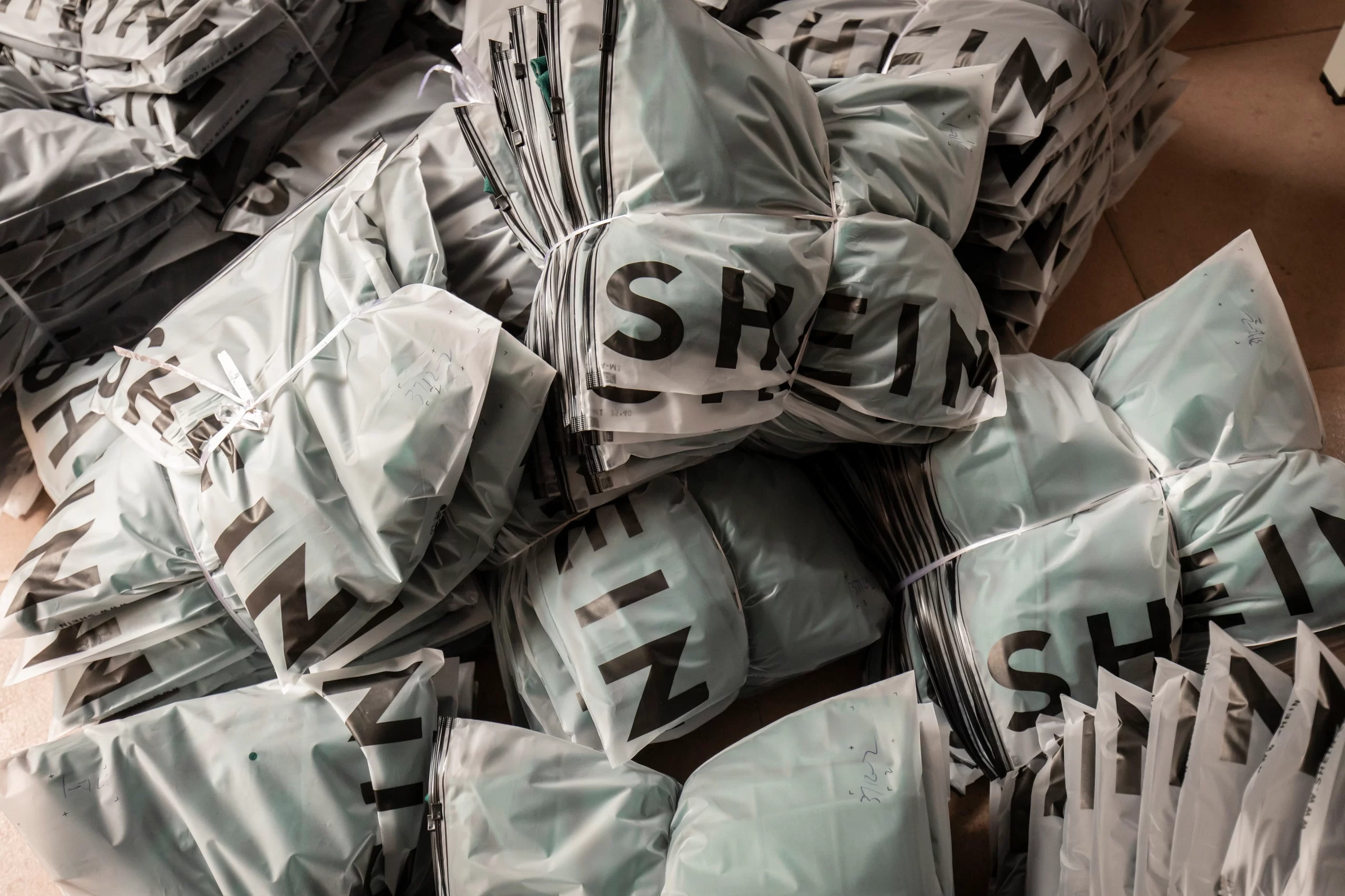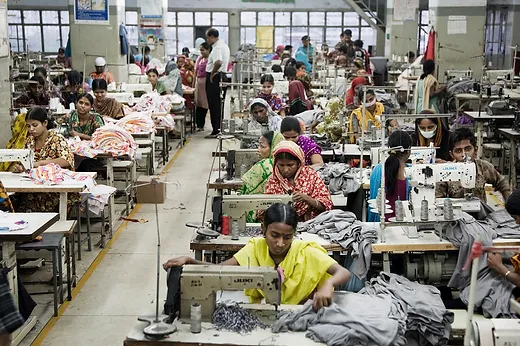
Eden Havel | Head Editor
January 13, 2023
Until 2022, Shein was the most popular clothing company in the world. Praised for its low prices, trendy style, fast shipping, and its variety of options, Shein has definitely come in handy for back-to-school shopping, gift-giving, homecoming outfits, or even just the annual spontaneous shopping spree. With fast fashion and high quality combined, Shein was the perfect situation for consumers and was the most Googled clothing brand in over 110 countries last year.
But recently, customers are suddenly secretive about shopping there at all, often met with criticism when they admit to doing so. From poor working conditions, high levels of toxic chemicals in clothing, and copying items from independent designers to mishandling customer data, there is now an overall worldwide push to boycott this company.
The first of many allegations is that Shein workers are severely underpaid. Most workers were making roughly 500 items a day and paid an average of $0.02 USD per item. Factory workers take home $558 USD a month while working 18-hour shifts. One factory reports women washing their hair during their lunch breaks and being penalized 2/3 of their daily wage for making a mistake on an item of clothing.
Furthermore, Shein lists between 2,000 and 10,000 items on its website daily. Not only does this further emphasis the incredibly unhealthy working environment that workers undergo, but it also has incrementally horrible effects on the environment. Annually, 92 million tons of clothes end up in landfills—equal to one garbage truck every single second. Shein is incredibly wasteful, and as fashion quickly evolves and develops, only about 6% of Shein’s designs stay on the sight for more than 90 days. Not only does this mean that we are subjecting the environment to more pollution and waste, but we are also generating more toxins to create the clothes themselves.
“I used to shop at Shein and now it’s like something you don’t talk about,” junior Sierra Vigil said. “I remember ordering so many clothes for only $60 and it was the best deal, but it was definitely suspiciously cheap. I think more people (myself included) should do research on companies before they choose to spend money there.”

Shein itself emits 6.3 million tons of carbon dioxide into the atmosphere this year. Although they don’t disclose the sorts of machines and chemicals used to make their fast fashion items, they certainly can’t cover up the impacts of products being used behind the scenes. Insider reports that 5 toxic chemicals are found in Shein clothes in total: chromium, phthalates, brominated flame retardants, PFAS, and lead. Investigators are finding many companies responsible for the use of such chemicals, including Lululemon, REI, and Old Navy. Although these effects may not be detrimental to the consumers of these products, they certainly are for textile plant workers who have been getting sick and dying at rapid rates, most of these workers being low-income women of color.
It is crucial that consumers participate in movements that end negative powerhouse companies like Shein. Although fast fashion is simple, convenient, and ideal, it is always only a matter of time before the detrimental effects of such conditions degrade our planet and the people involved. Shein has repeatedly come under fire for violating multiple laws of working conditions in the past, and it’s time to finally put an end to companies such as this.
“When I used to shop at Shein you could get a pink top that looked exactly like the $30 one from Tilly’s except it was like $6,” freshman Morgan Flanrey said. “So many people were shopping there because it’s really hard to buy clothes that you love when you’re a teenager with no money. I never knew the consequences of shopping there and how many people I was helping hurt without realizing.”

Leave a Reply